by Carly Straughan and Drea Lee, QLINE Consulting
The last time you went away for a short weekend or longer holiday, how did you plan your itinerary? Did you ask friends or family who had visited? Or did you Google it? Did you get the Gemini AI response as your top listing?
Asking ChatGPT or Gemini to plan your weekend away is quickly becoming the norm, often served to you unawares as part of a quick Google search.
In seconds, it returns a neatly packaged itinerary: Visiting Lisbon? Explore the Jerónimos Monastery at 10 am, lunch in Bairro Alto, then a tram ride at 3 pm, and sunset at Miradouro da Senhora do Monte. The hotels are bookable. The restaurants have reviews. But the attractions? That’s where it gets selective.
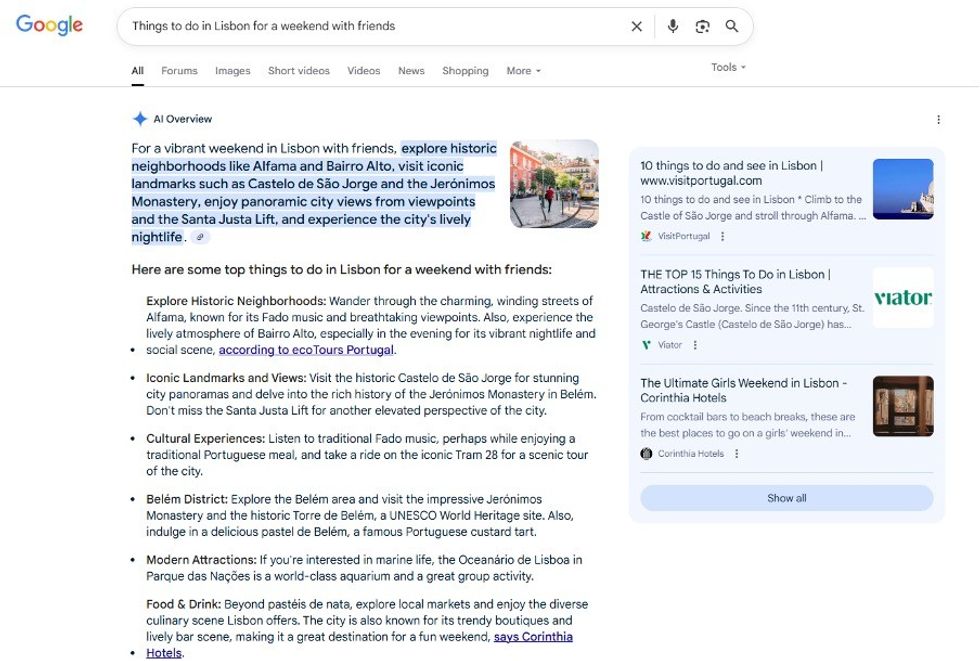
As artificial intelligence becomes the default travel agent for millions, a quiet revolution is underway. One that will reshape how visitors discover and book experiences. Just as attractions without websites were effectively invisible during the first digital boom of the early 2000s, those without direct booking and AI-readable content today risk being left out entirely.
Generative AI tools like ChatGPT and Gemini are not just suggesting things to do. They are taking the question ‘what can I do in X city’ and creating comprehensive travel itineraries. In the current age of instant gratification, users expect them to handle the booking as well.
But if your attraction doesn’t rank well, isn’t structured correctly, or isn’t connected to live booking platforms, the AI may simply ignore you.
The AI future of search isn’t coming, it’s already here
In early 2024, a moment on stage at the Ticketing Professionals Conference perfectly captured a shift that many in the tourism industry are only just beginning to understand.
During a lively panel discussion, Carly Straughan said what some in the room weren’t quite ready to hear: “People are going to stop searching ‘things to do in Lisbon’, they’re going to ask AI something like: ‘I’m going to Lisbon with my best friend in October. We love art and rooftop bars but hate queues, what should we do?’”
The audience wasn’t convinced. It sounded a bit sci-fi. Then fellow panellist, Jacob Thompson of attractions.io, quietly said, “I did that last weekend.” And just like that, the mood shifted. Because the future the panel were talking about? It’s not coming, it’s already here.
As AI search becomes more integrated into how people plan and experience travel, it’s transforming how decisions are made and how visible your attraction is (or isn’t) in that process.
The rise of AI-driven itinerary planning
Gone are the days of guidebooks, talking to travel agents, and even traditional search engines. AI is your new, always-ready-to-help travel itinerary specialist, the first point of contact for travel planning.
Just as people once typed ‘best things to do in Sydney’ into Google, they now ask ChatGPT or Gemini to plan their entire experience, including when to go, what to see, where to book, and how to get there. These tools don’t just recommend, they organise.
The implications are huge. When AI takes the lead in travel search and discovery, it needs clear, reliable, and real-time information to generate meaningful results. That means attractions that are easily discoverable via structured content, integrated with booking platforms, and consistently maintained and up to date, will be the go-to websites that AI searches.
Without this, you’re simply not part of the conversation.
Already, platforms like Google, Expedia, GetYourGuide, and Viator are embedding AI itinerary tools that pull live inventory into recommendations. AI travel assistants are coming to smart devices, messaging apps, and even your car. Many attractions still treat AI as a distant concern, but it's already thriving in the tourism industry.
In fact, chances are that some of your potential visitors have already planned their last trip using AI. After all, according to a November 2024 global travel survey, approximately 40% of travellers reported having used an AI-based tool for travel planning.
And they didn’t find you, because the AI couldn’t.
What AI is actually scraping and where it’s getting it wrong
Here’s the sad truth: AI doesn’t prioritise official attraction websites. Instead, it tends to scrape whatever is most accessible and well-linked, which is more often than not review sites, blogs, and outdated listings.
The reality of this is that a tourist asking AI to ‘plan a day in Oxford’ might very well receive opening times from an old TripAdvisor forum post, ticket prices pulled from a third-party blog last updated in 2019, and an attraction recommendation for a site that closed years ago.
When a colleague of Drea Lee’s was working on their AI-first content strategy for a well-known London visitor attraction, this risk became painfully clear. Testing itinerary generation tools revealed how frequently their official website was ignored in favour of less reliable sources.
The result? Visitors being served incorrect information, and worse, being steered toward alternatives that were more visible and bookable.
This problem is widespread. A recent BBC article found that among travellers who had used AI for travel planning, 38% reported that it provided generic answers, 37% noted missing information, and 30% encountered incorrect information (BBC News, 2025).
AI doesn’t ‘know’ what’s right; it just pulls what’s available. Operators across the sector are increasingly losing control over the narrative of their own attractions.
AI search case study: when referral traffic disappears
Established publishers that have long relied on referral traffic from their travel content are seeing those audiences evaporate, significantly impacting their ad revenue. Their carefully researched destination guides, once high-ranking in Google, are now being scraped and summarised by AI tools.
If even trusted, household-name publishers can be made invisible by AI, so can you.
Readers now get the information directly from AI, without ever clicking through to the original source.
To adapt, some publishers are now striking direct partnerships with AI platforms. By ensuring their content is surfaced with attribution, and crucially with links, they’re attempting to reclaim visibility in a landscape where traditional search no longer delivers.
The lesson for attractions is clear. If even trusted, household-name publishers can be made invisible by AI, so can you.
The emerging ‘Pay to Play’ landscape
If this all sounds familiar, it’s because we’ve been here before. In the early days of the web, a well-built website was enough to be discovered. Then came the rise of Google, and visibility became a science known as search engine optimisation or SEO.
With the introduction of Google AdWords in the early 2000s, it became clear that being seen wasn’t just about good content; it was about making an investment. Paid placement, sponsored listings, and algorithmic favouritism reshaped the landscape into a ‘pay-to-play’ system.
AI is heading in the same direction. Today, itinerary-planning tools often pull in content from open sources. And tomorrow, premium placement in those itineraries may come at a price. Already, we’re seeing major publishers negotiating direct partnerships with AI platforms to secure visibility.
Booking platforms are also racing to integrate AI assistants into their apps and websites, meaning their listings become the default choice.
For attractions, the risk is being squeezed out of this system entirely. If your venue isn’t integrated with a booking system that AI can access, or if you can’t afford the fees to be seen that are inevitably going to emerge, you may simply disappear from the tourist’s line of sight. Not because your experience isn’t compelling, but because the tools you’re using didn’t put you on the guest list.
The critical shift is coming with travel search - AI will not just suggest what to do, it will decide what your visitor sees. And if history is any guide, visibility will increasingly come at a cost.
So what can you do?
You’re on the digital team, managing ticketing, or responsible for visitor experience at an attraction and know this is happening, but what can you actually do now to make sure you’re not lost in the churn? We’ve pulled together some concrete next steps to ensure your venue stays visible and bookable in an AI-driven world.
- Integrate with booking systems and middleware
Ensure your venue can connect via APIs to trade platforms and booking partners. If AI can’t see availability or make reservations, your attraction risks being omitted from itineraries entirely. If your current CMS or ticketing system can’t do this, you’ll need to start looking for one that can.
- Maintain well-structured, up-to-date content
AI relies on accurate, machine-readable information. Keep your website, ticketing data and event schedules current to ensure you’re represented correctly. The days of uploading a blog and leaving it unedited until the new season are over.
- Adopt an AI-first mindset
Think about how content, imagery, and descriptions are scraped by AI tools. Optimise your content for clear, structured data and accessibility to maximise the chances of being seen. You may need an overhaul of your content strategies, and this may need some careful upward management to bring everyone with you.
- Monitor and adapt
Just like social media and search, digital is always changing. Track how AI platforms reference your attraction regularly. Test AI itinerary tools often to see how your attraction or venue appears and, most importantly, adjust your content or integrations as needed. Don’t just sit on the information you find.
- Explore partnerships
Just as publishers are partnering with AI platforms to maintain visibility, attractions should also explore collaborations with trade partners and booking platforms to ensure seamless integration of AI. Get ahead now, be the guinea pigs for platforms to test their AI tools with.
Staying visible in an AI-driven world
The digital revolution in travel is here, and AI is becoming the new gatekeeper. Attractions that want to remain relevant cannot rely on being discovered passively; visibility now depends on being bookable, connected, and machine-readable.
The bottom line is that if your attraction doesn’t have systems that allow API connectivity to middleware and trade platforms, it risks being overlooked entirely. This isn’t a future challenge, it’s happening now. AI-driven itinerary tools are already shaping what travellers see, plan, and book.
By prioritising integration, well-structured content, and developing partnerships, attractions and venues can ensure they stay in the conversation, remain bookable, and continue to reach audiences in a landscape where AI is fast becoming the default travel planner.


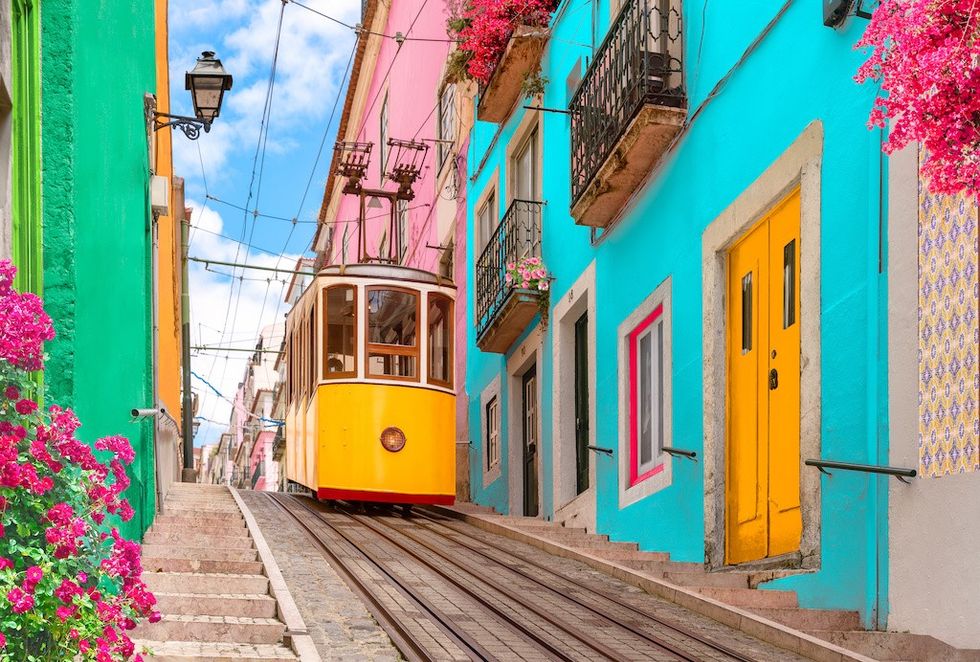
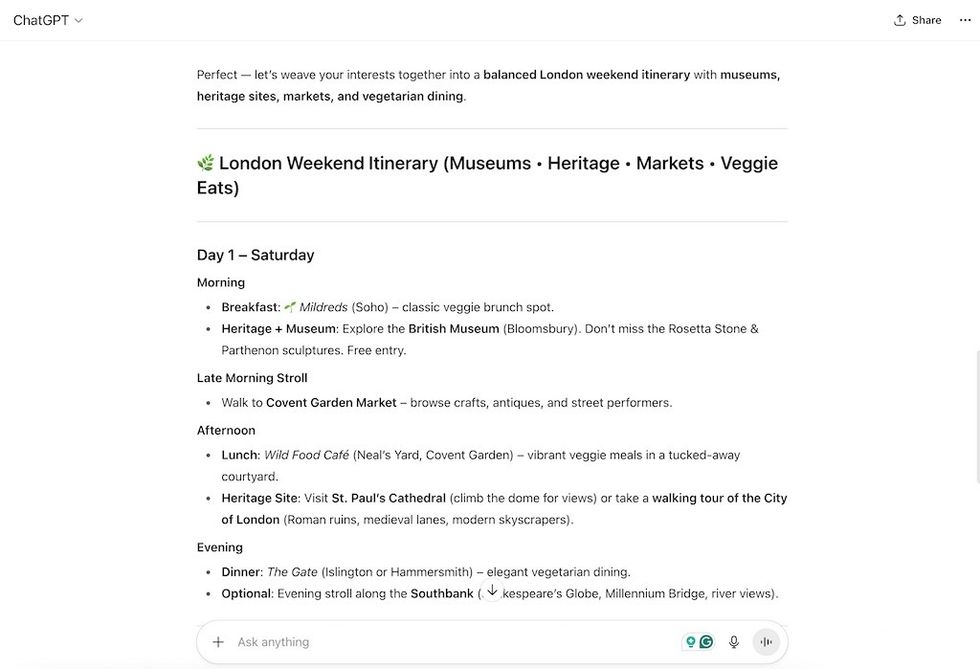
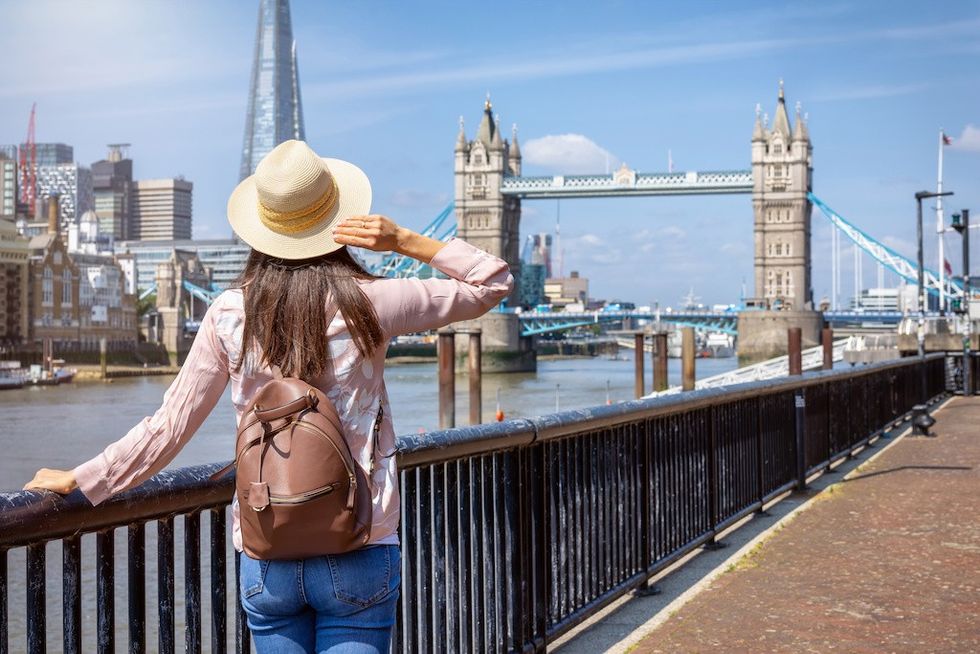



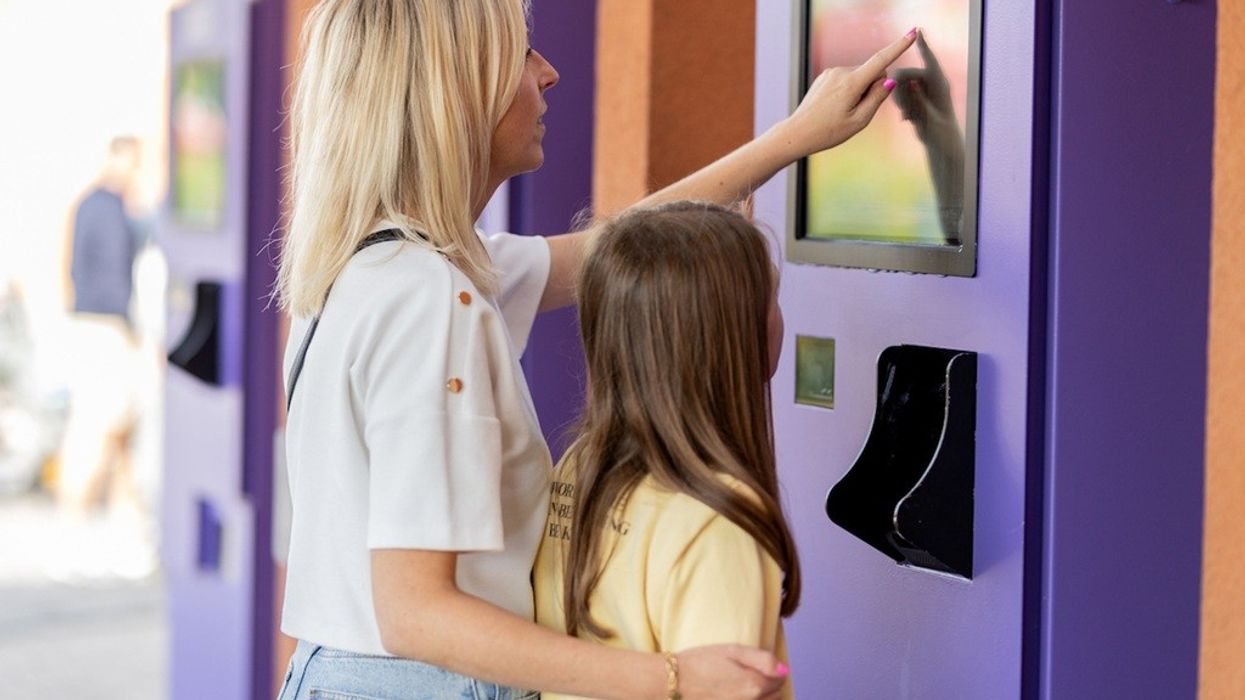
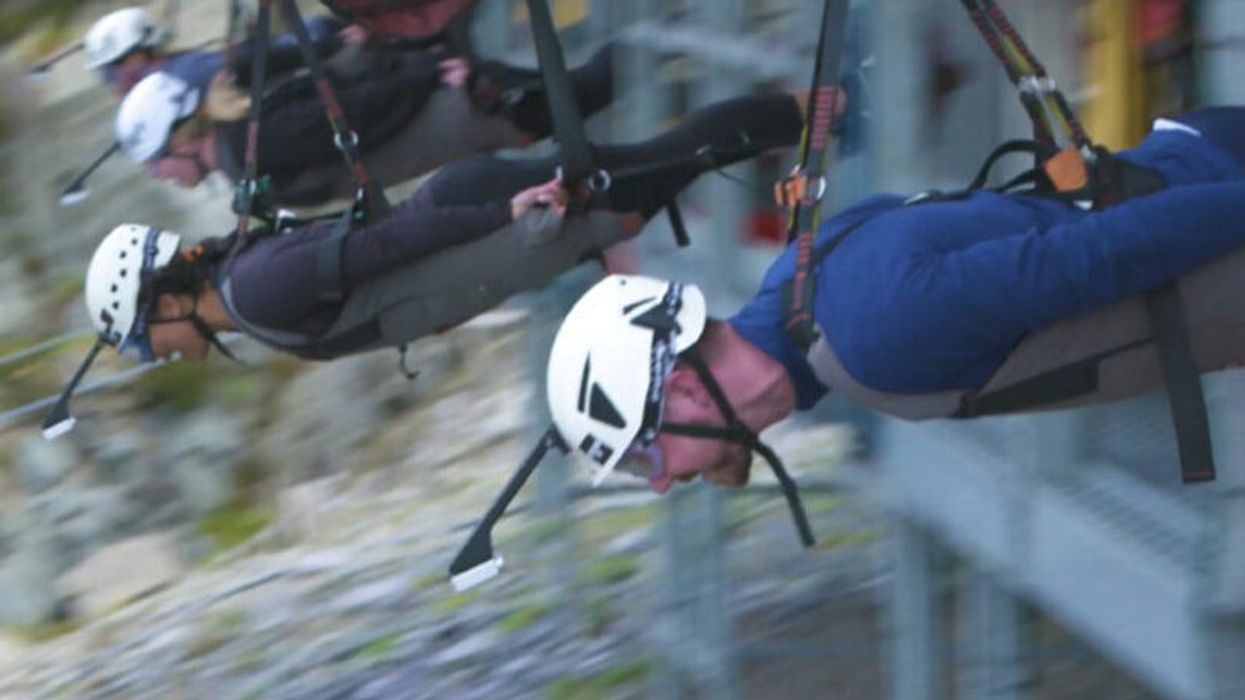
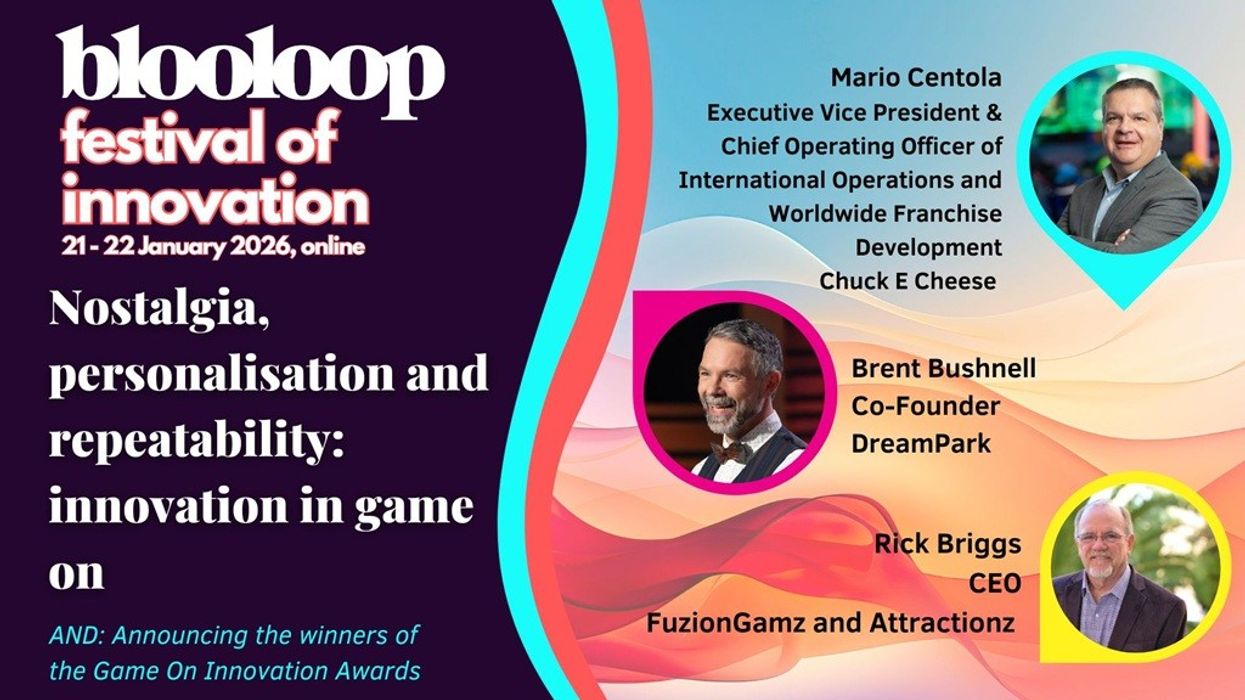
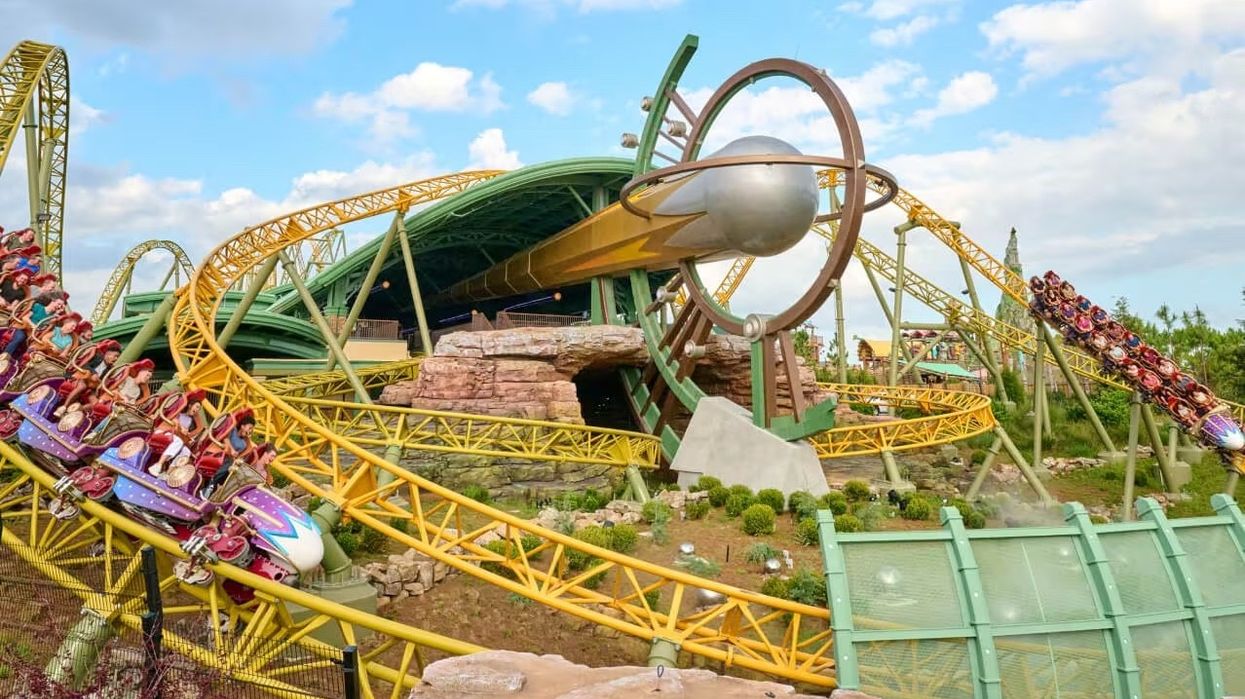
 Street view of Place Cacheé at Universal Epic Universe
Street view of Place Cacheé at Universal Epic Universe 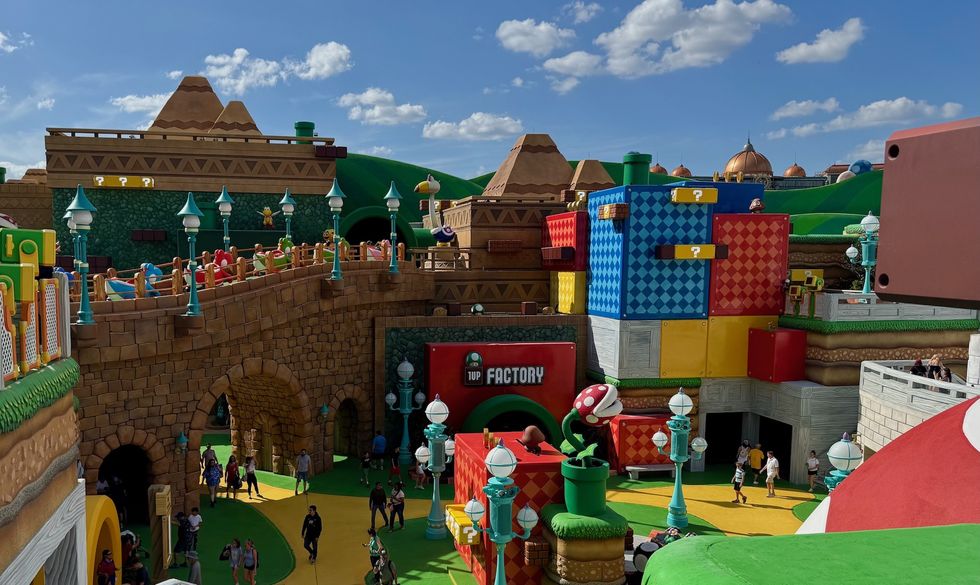 View from the top of Super Nintendo World, Universal Epic Universe
View from the top of Super Nintendo World, Universal Epic Universe 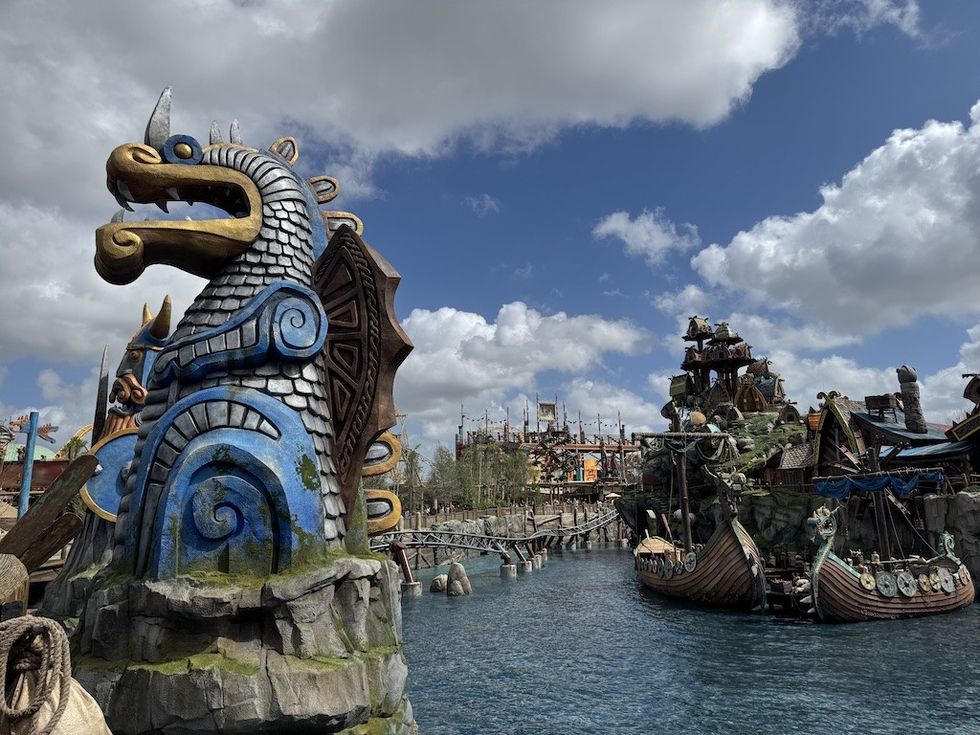 Isle of Berk at Universal Epic Universe
Isle of Berk at Universal Epic Universe 
 Outside Frankenstein Manor in Dark Universe, Universal Epic Universe
Outside Frankenstein Manor in Dark Universe, Universal Epic Universe 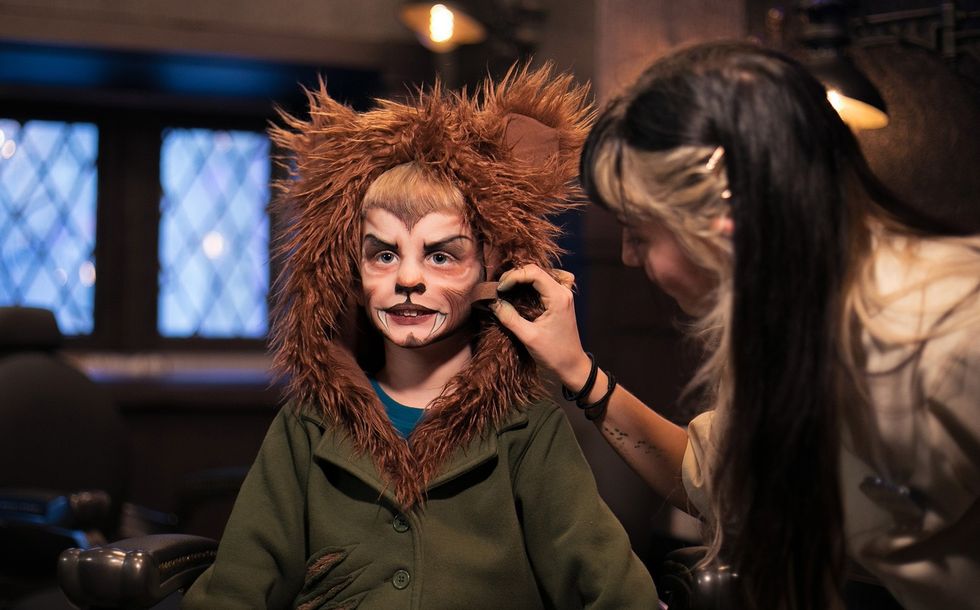 Monster make-up experience at Epic Universe
Monster make-up experience at Epic Universe 
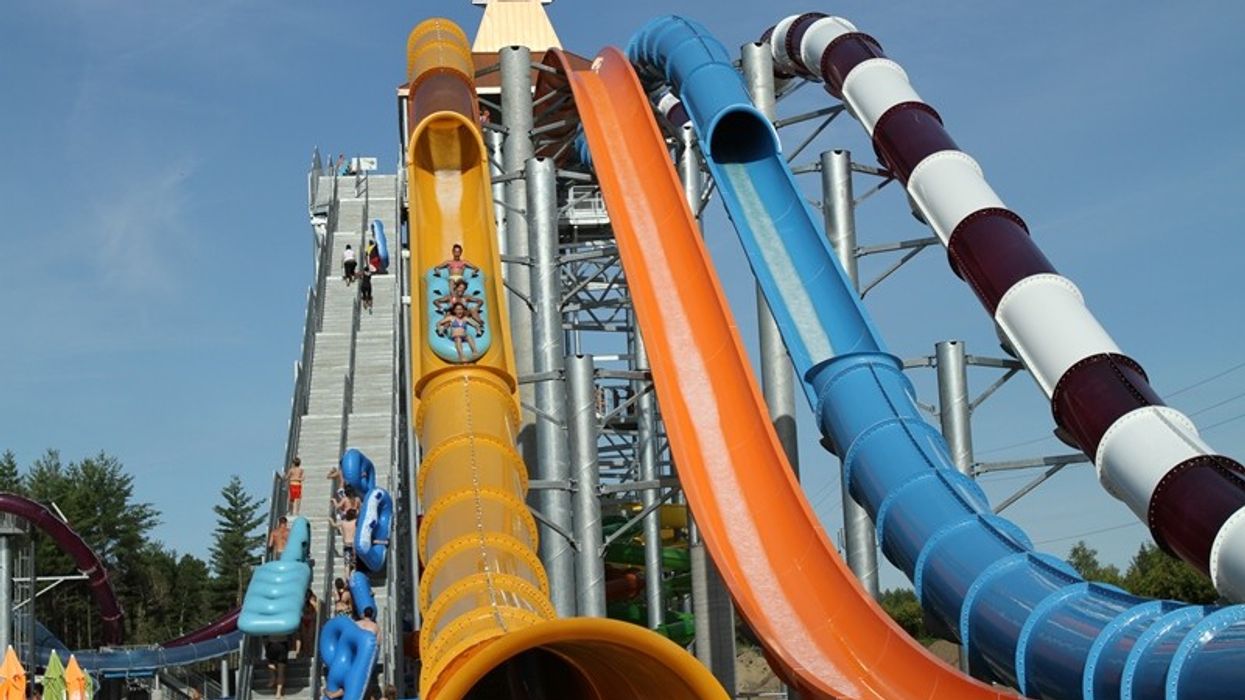
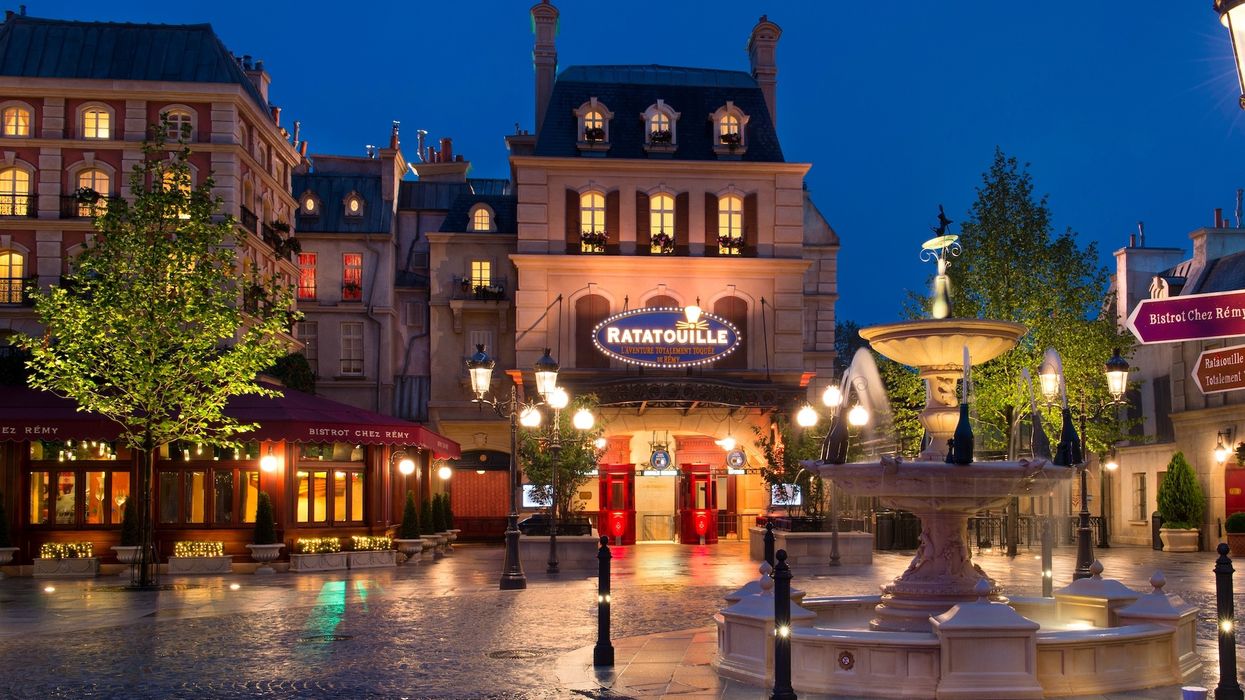
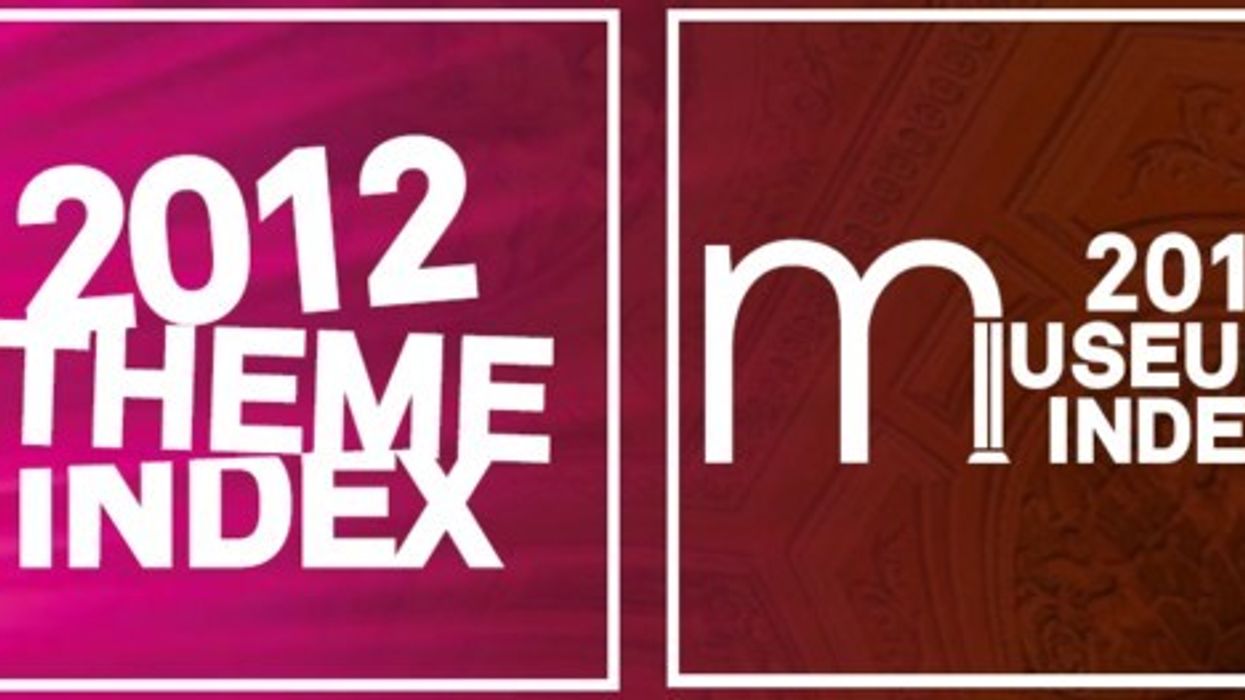
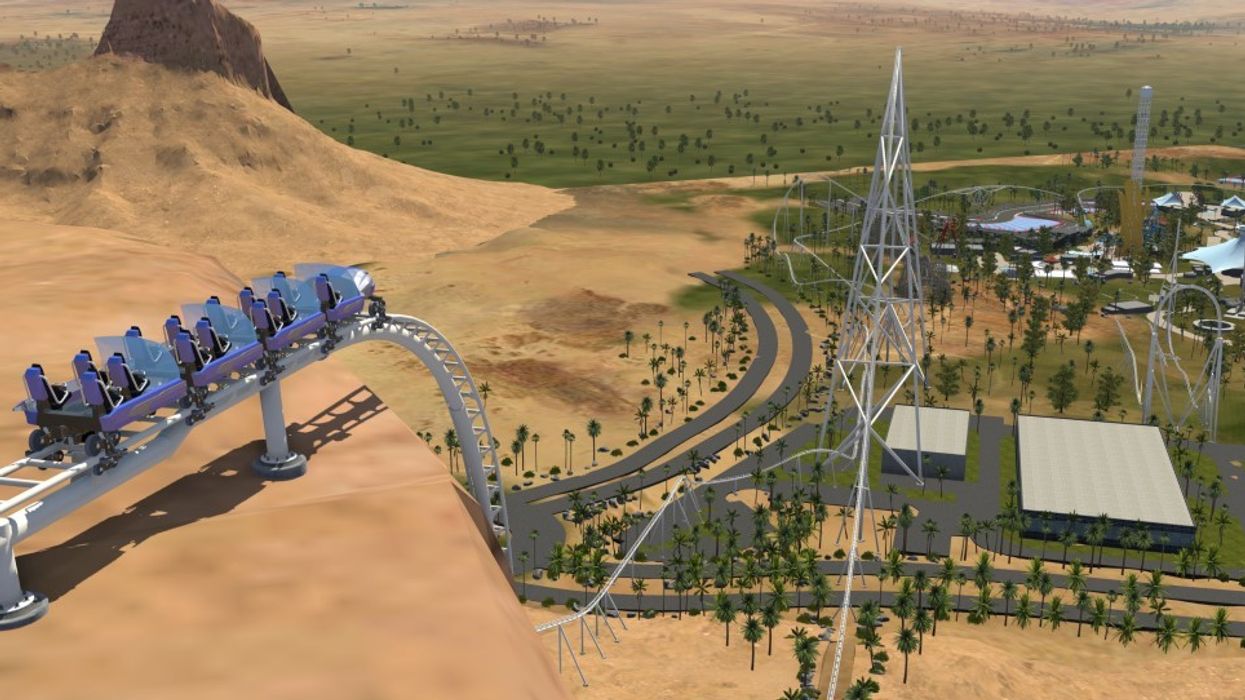
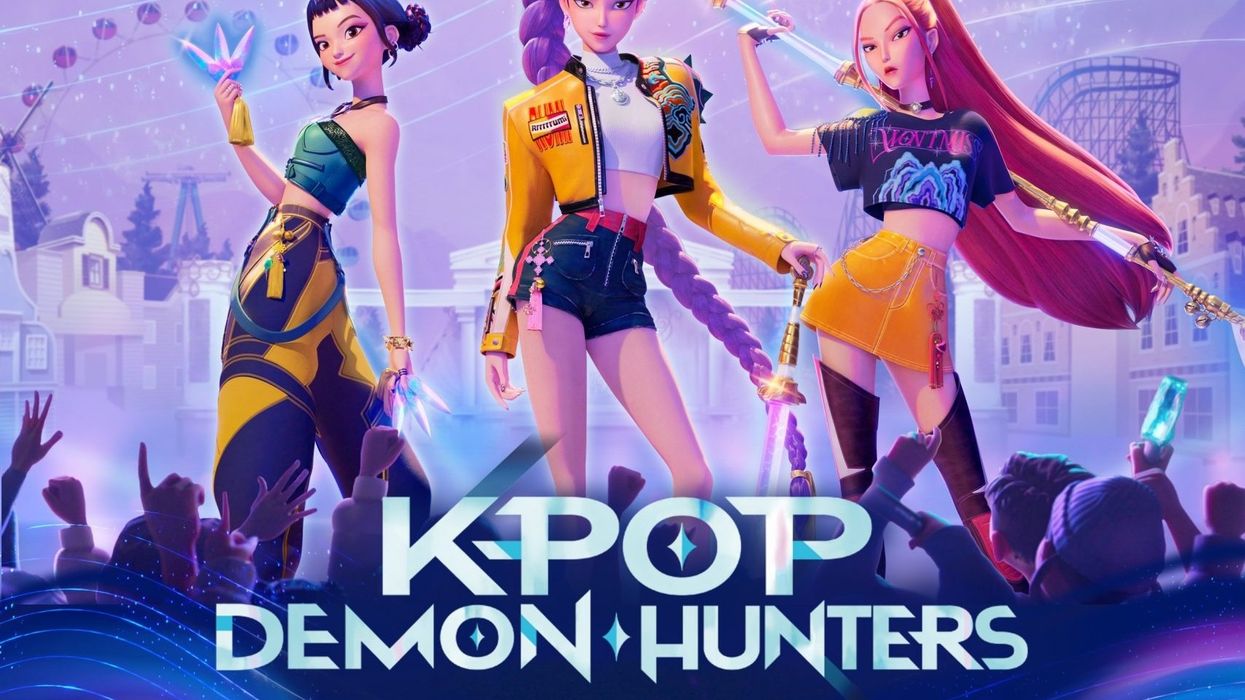
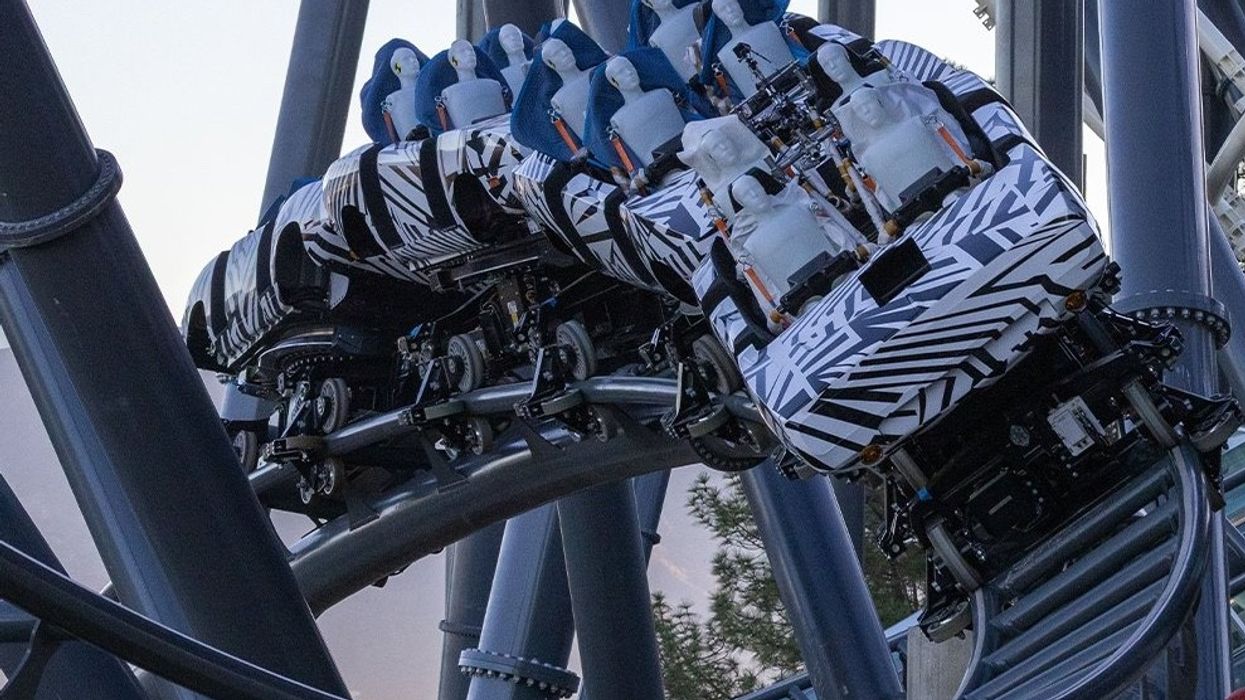
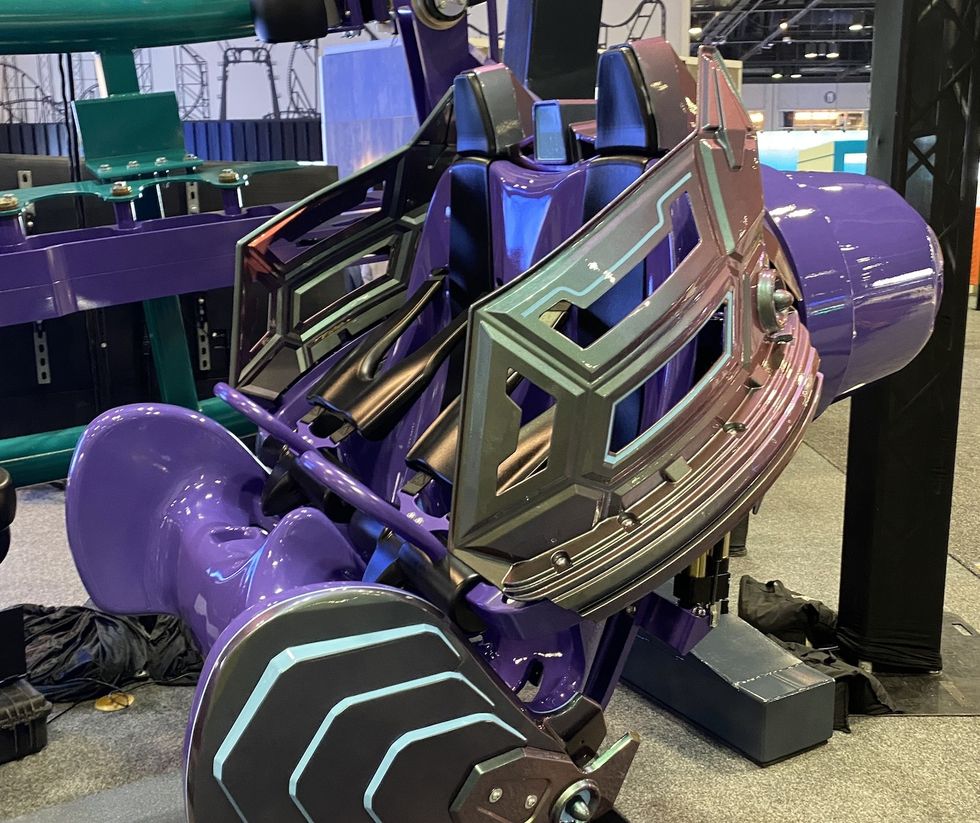
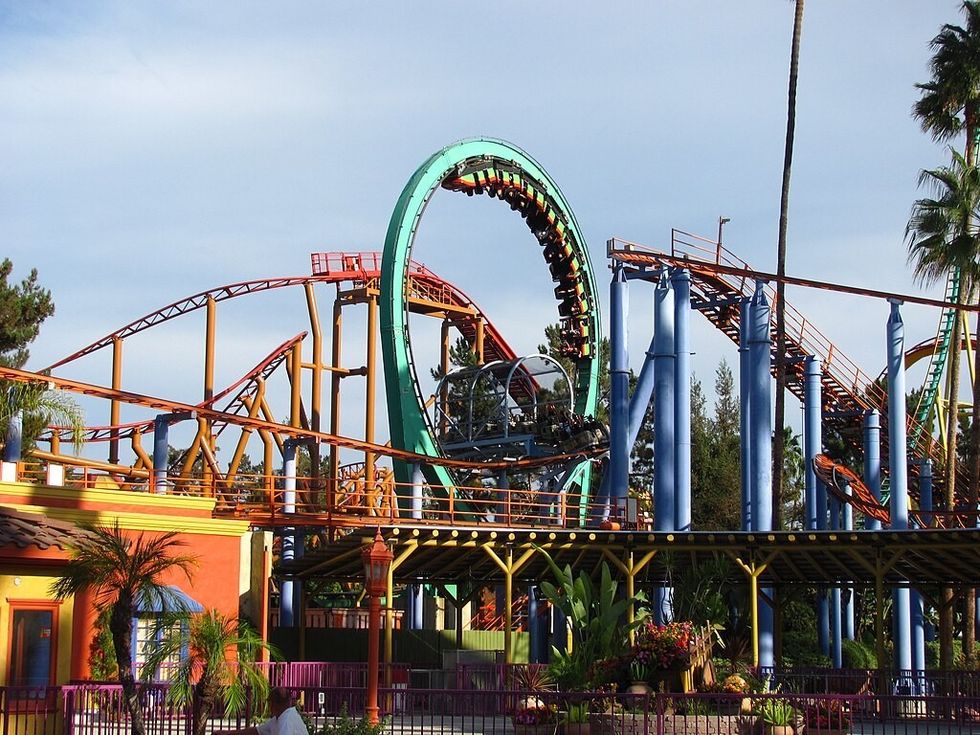


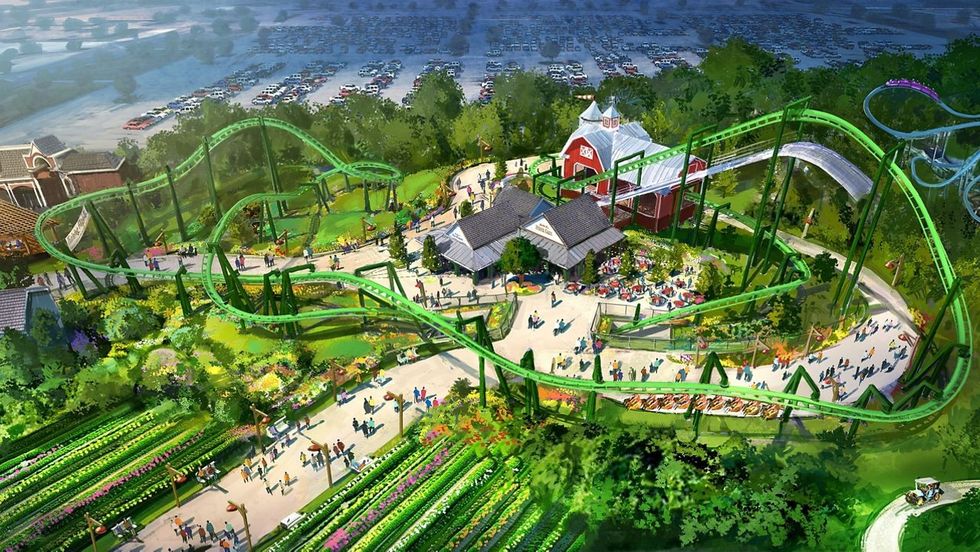

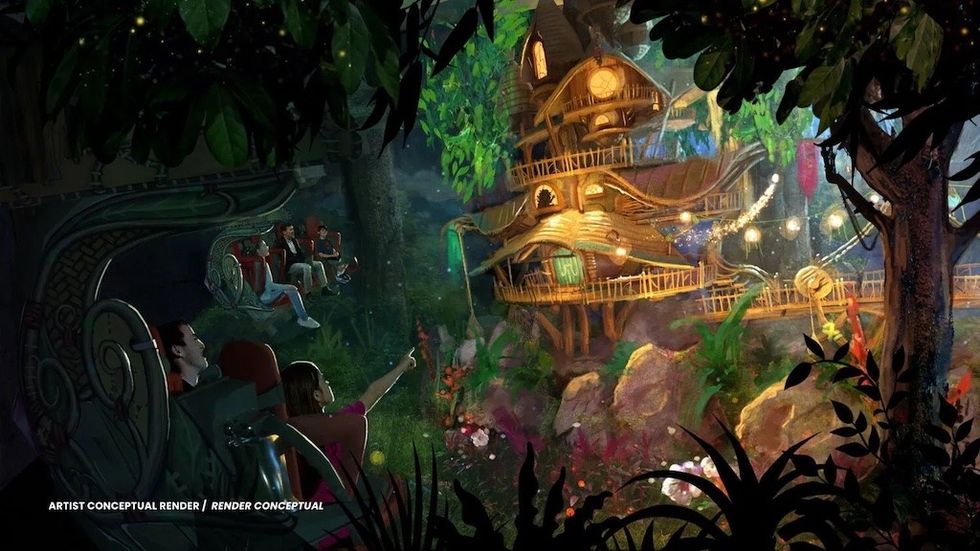

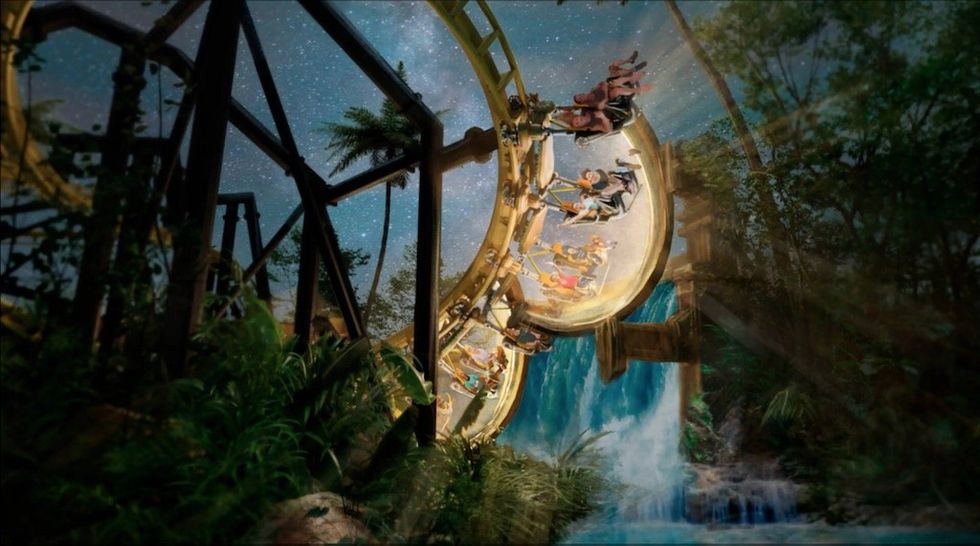
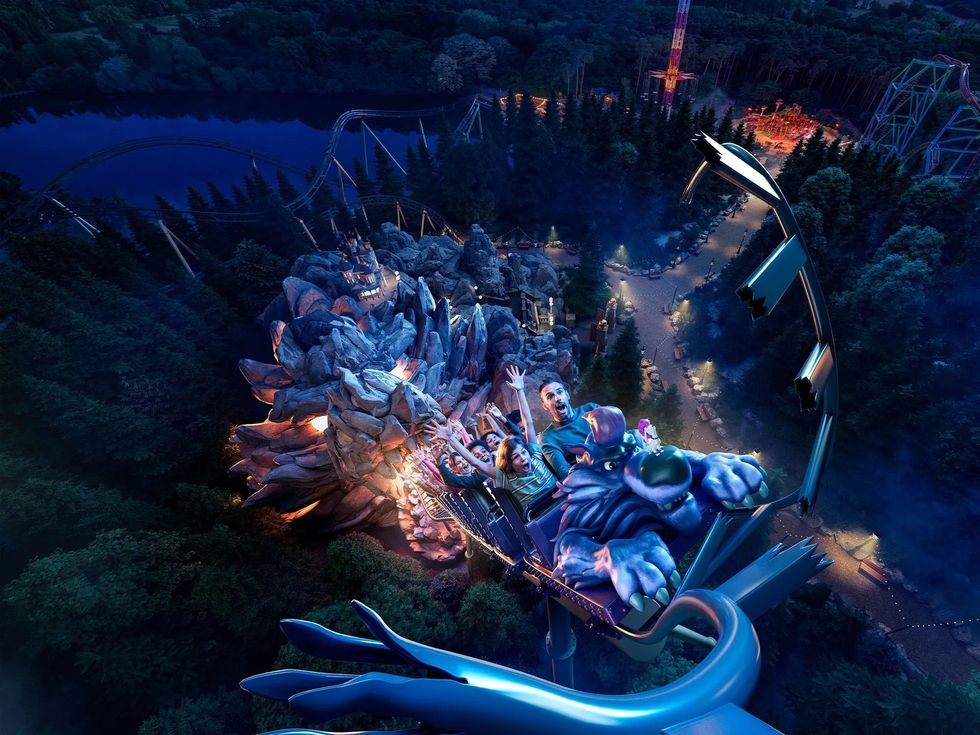
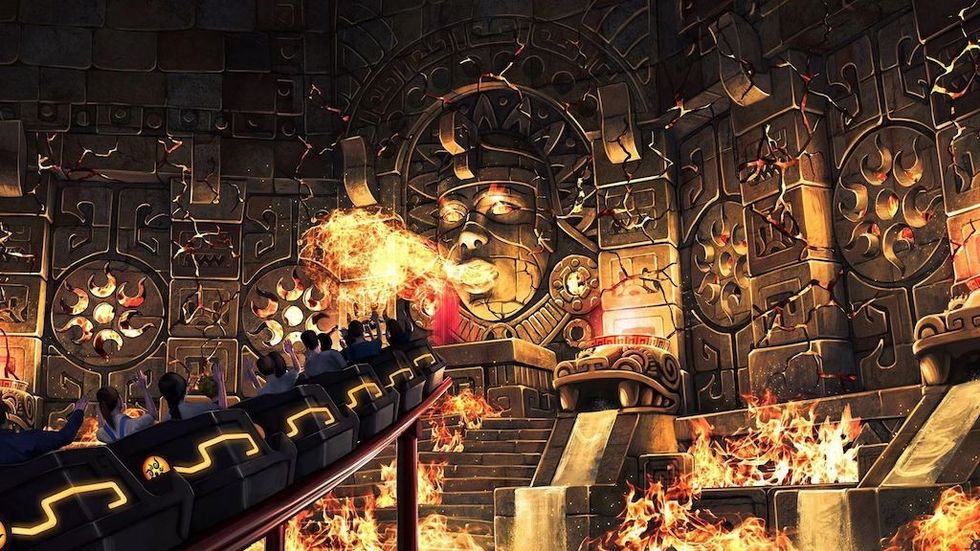
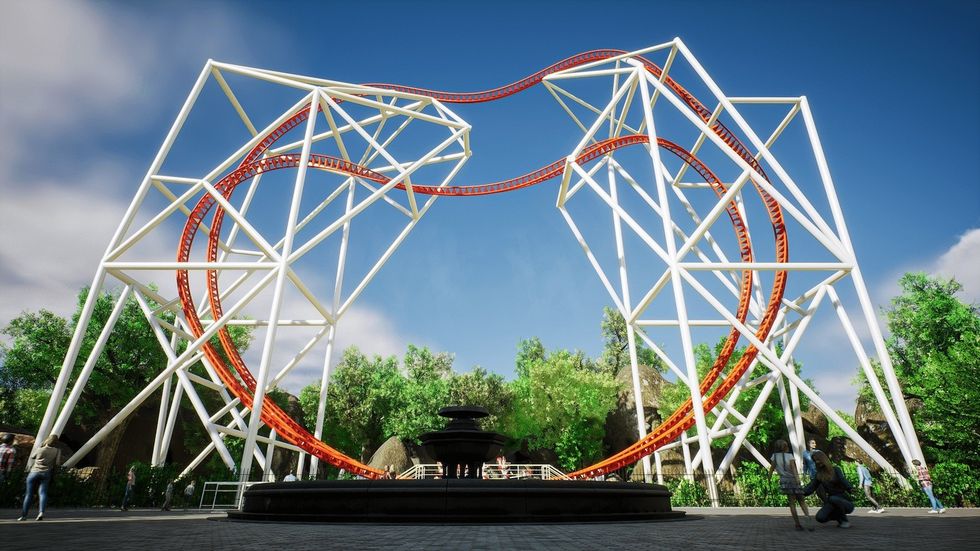
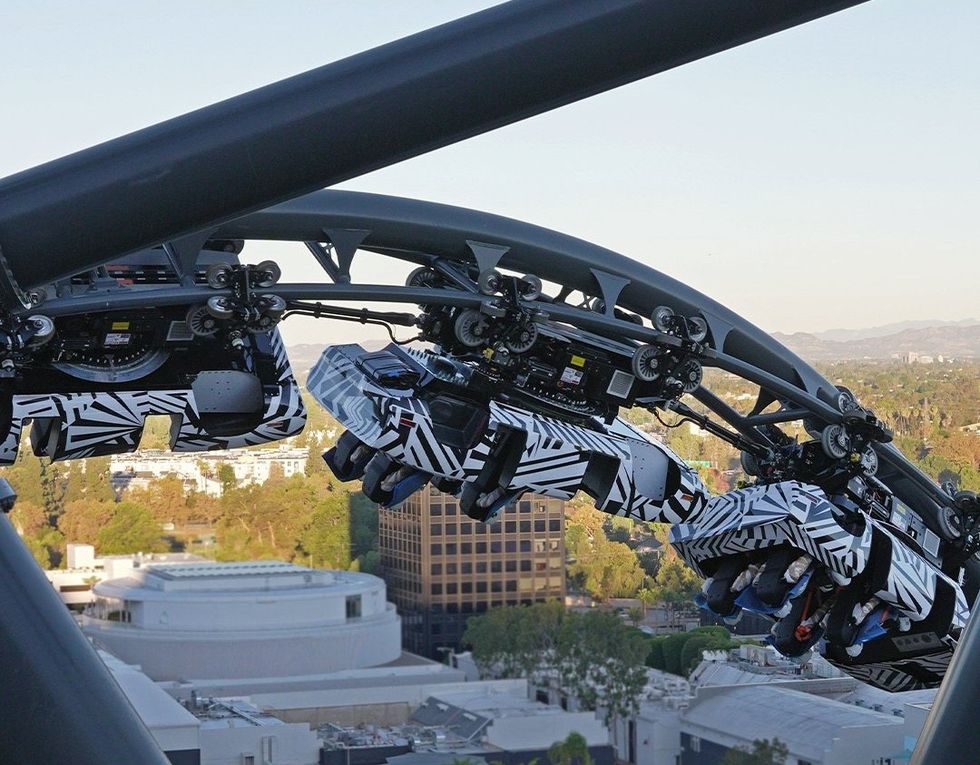
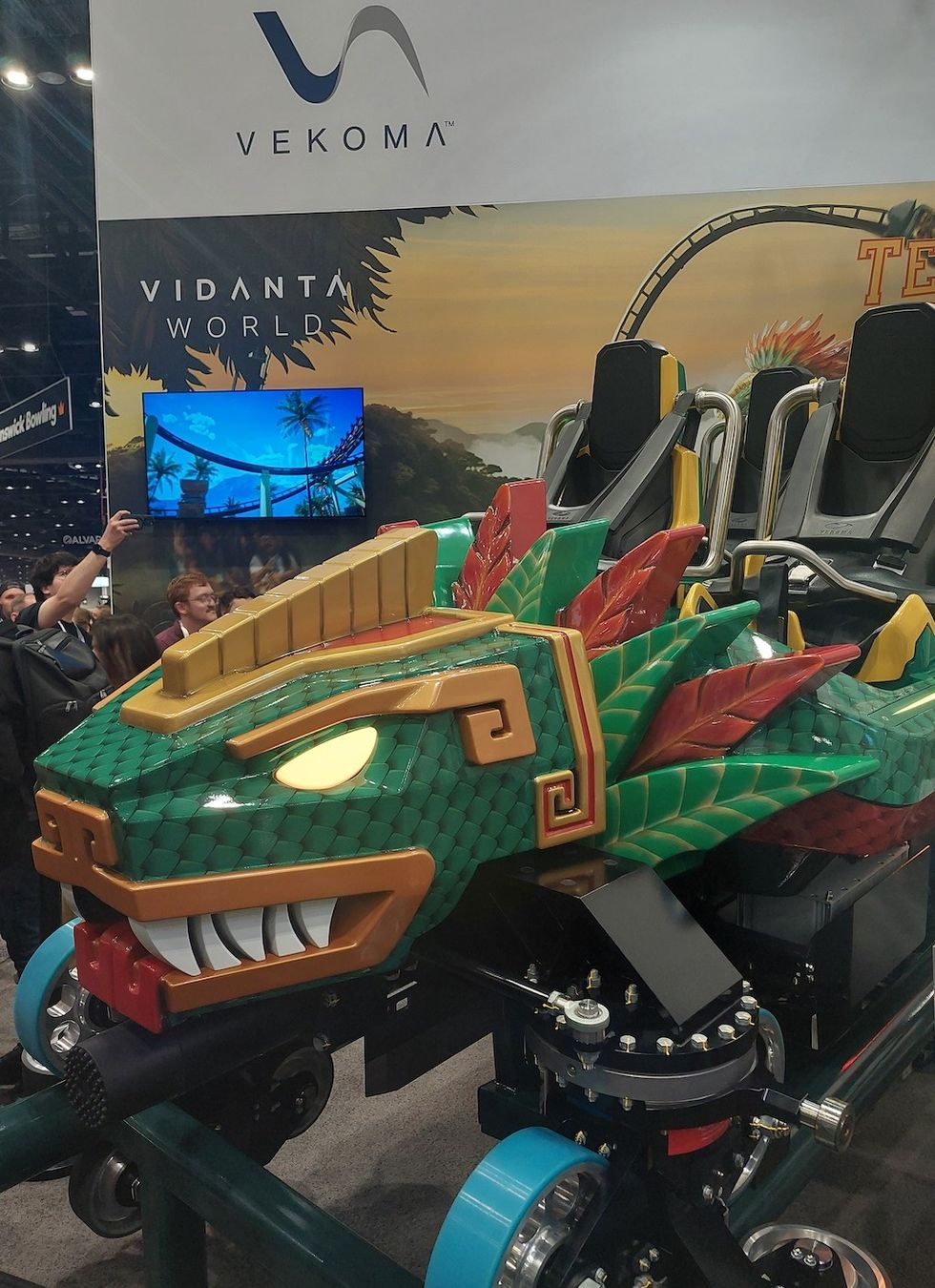

 Credit Disney
Credit Disney Credit Game Maker’s Toolkit
Credit Game Maker’s Toolkit Credit Fortnite
Credit Fortnite Credit Marvel Rivals
Credit Marvel Rivals
 Credit Pokémon Go
Credit Pokémon Go Credit Warner Bros. Studio Tour Tokyo
Credit Warner Bros. Studio Tour Tokyo

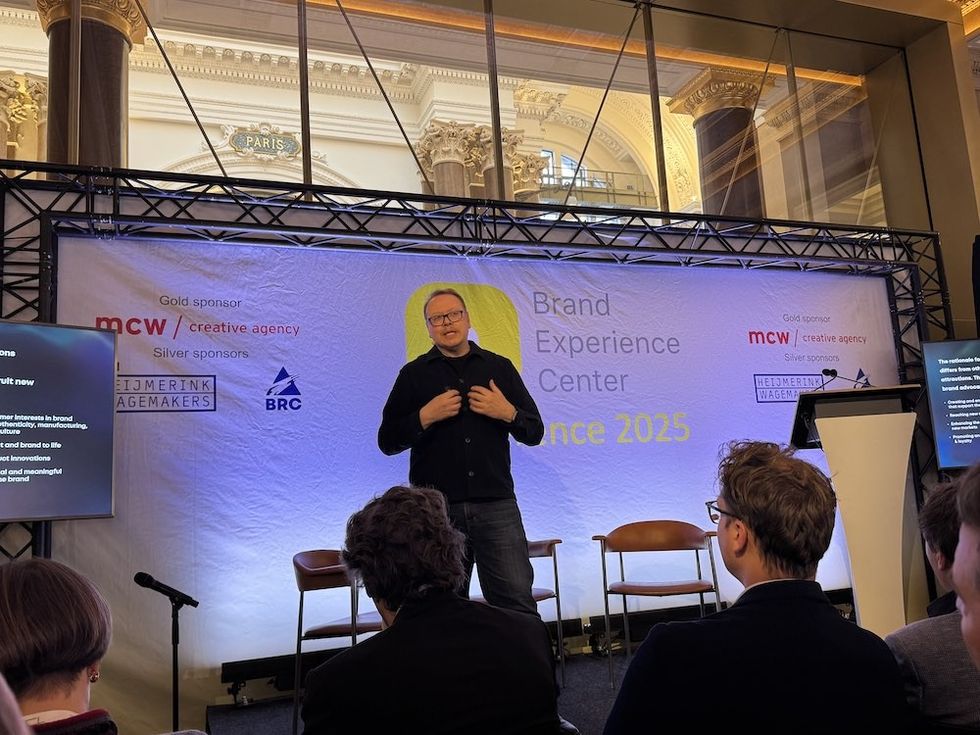 Christian Lachel, chief creative officer, BRC Imagination Arts
Christian Lachel, chief creative officer, BRC Imagination Arts  Image credit AA+W - stock.adobe.com
Image credit AA+W - stock.adobe.com Chocoversum Image credit Sebastian Fuchs
Chocoversum Image credit Sebastian Fuchs 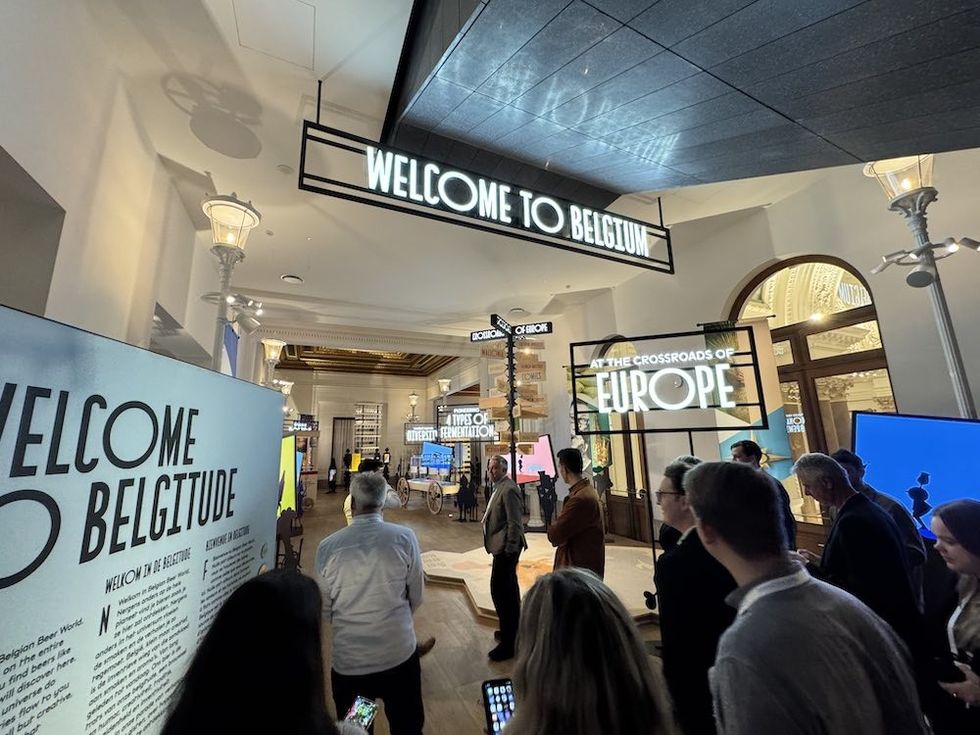 Belgian Beer World
Belgian Beer World 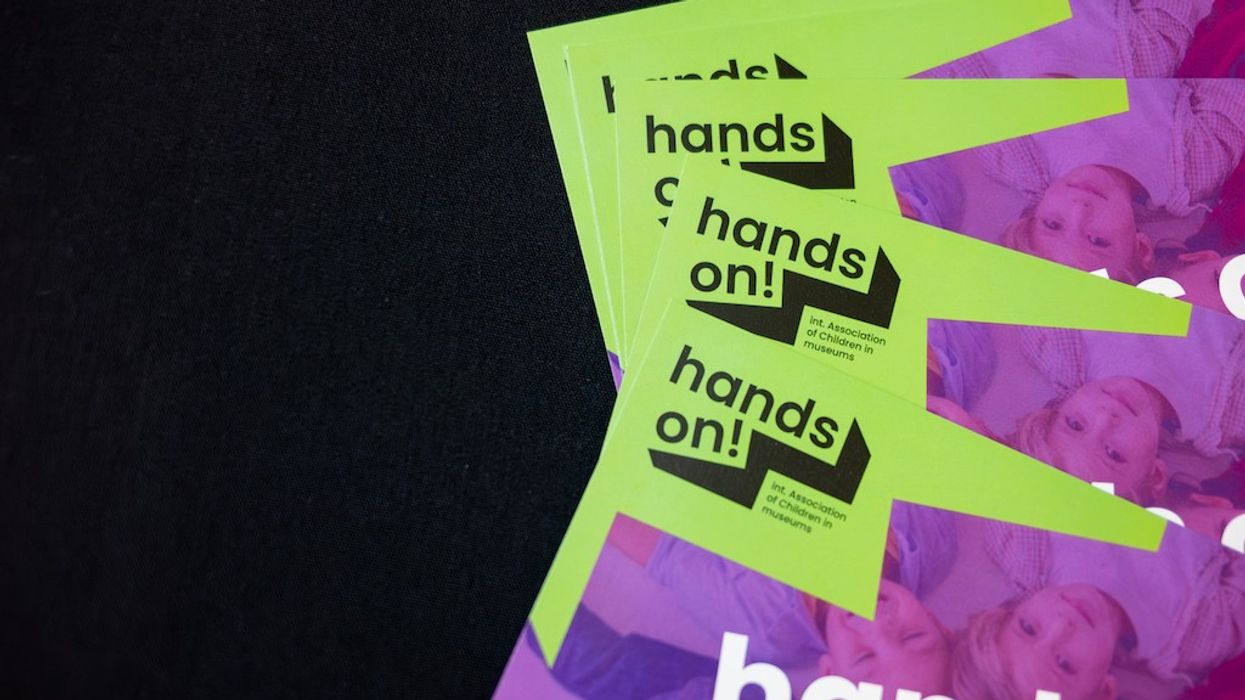
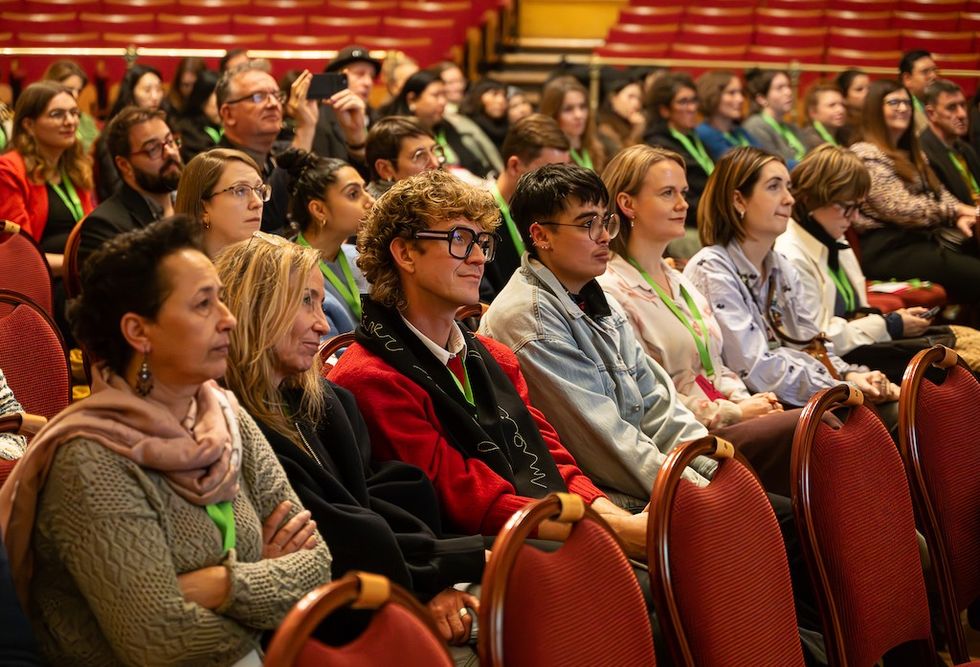
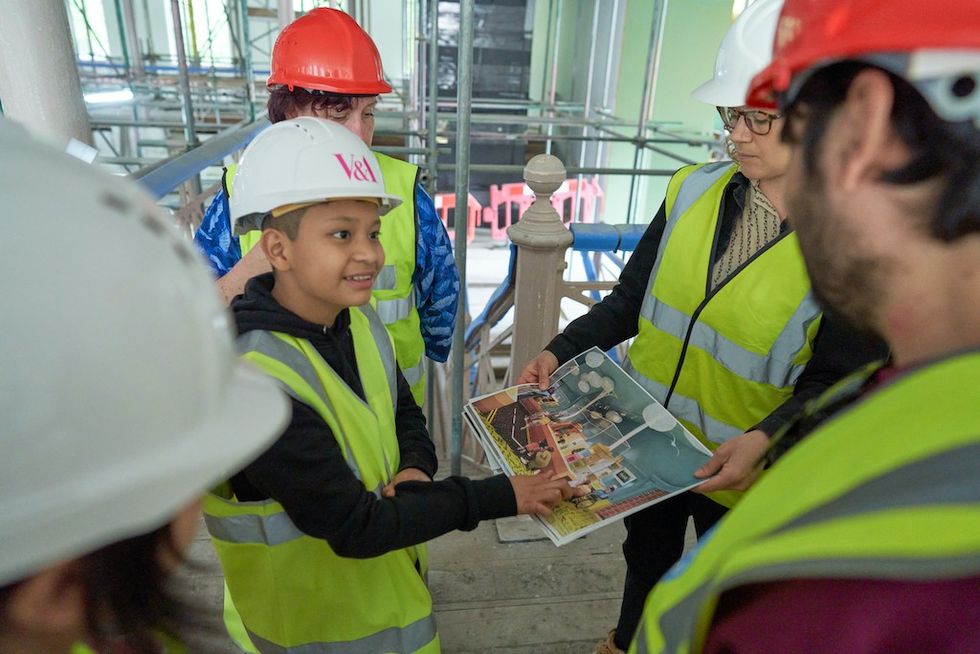 Young V&A Youth Collective members have a tour of the Young V&A construction site. Image courtesy of Young V&A.
Young V&A Youth Collective members have a tour of the Young V&A construction site. Image courtesy of Young V&A. 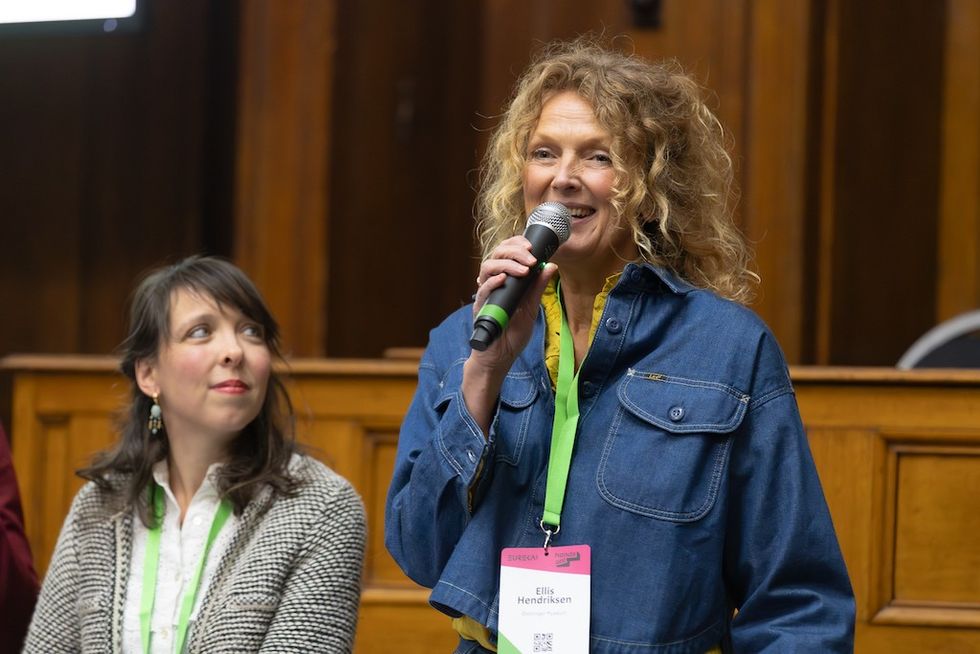 Floriane Perot and Ellis Hendriksen
Floriane Perot and Ellis Hendriksen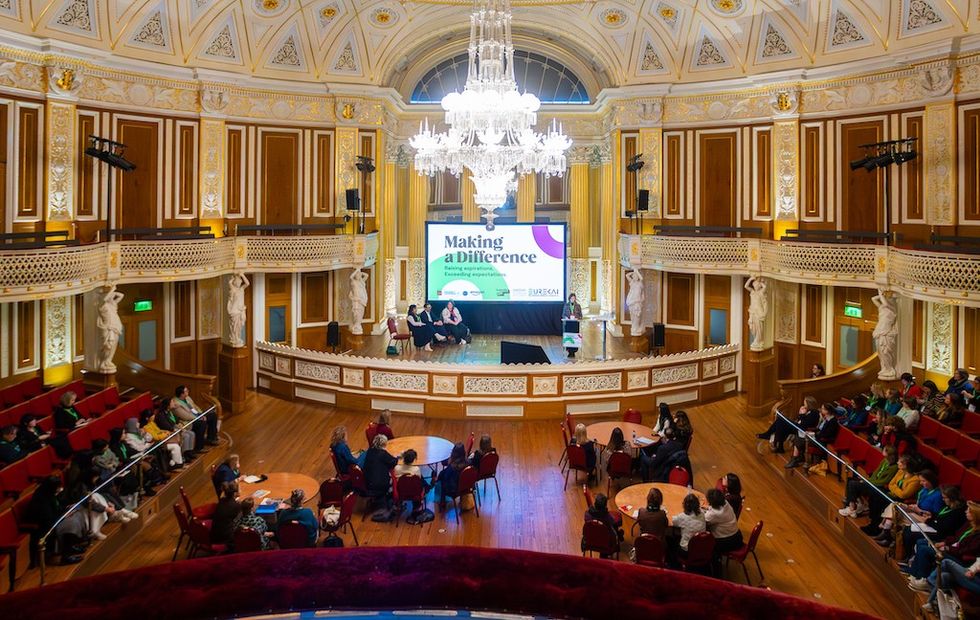
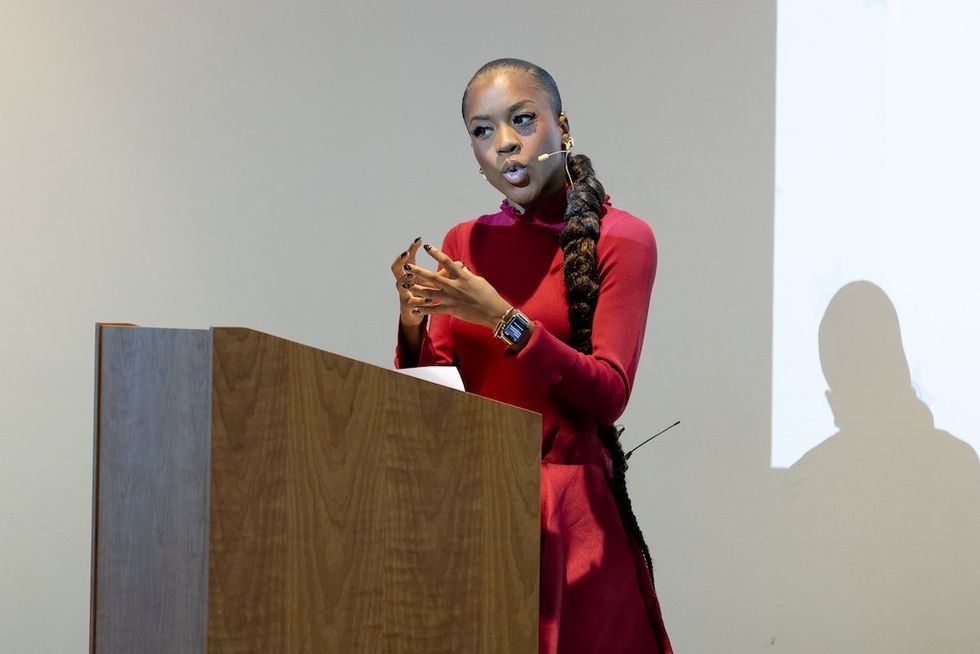 Amber Ogunsanya-William
Amber Ogunsanya-William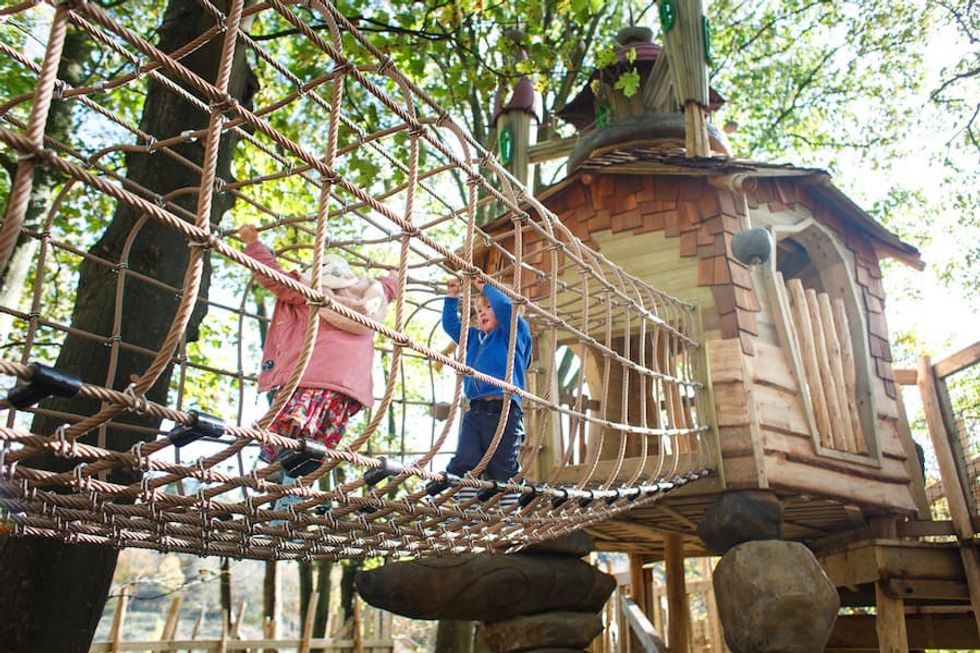 Tumblestone Hollow adventure playground by CAP.CO
Tumblestone Hollow adventure playground by CAP.CO  Ghaleya Al Mansoori
Ghaleya Al Mansoori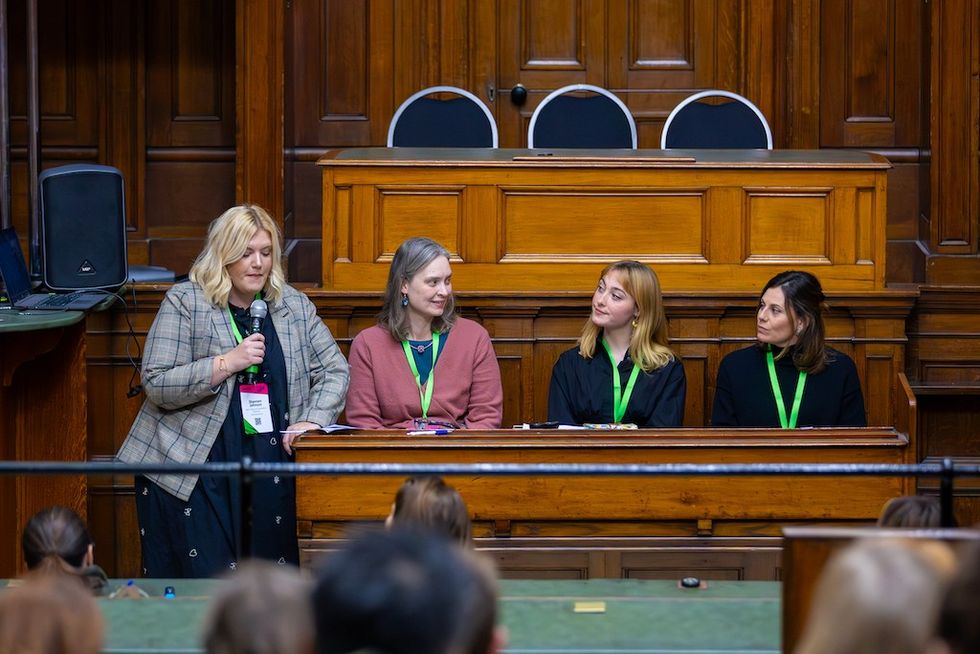
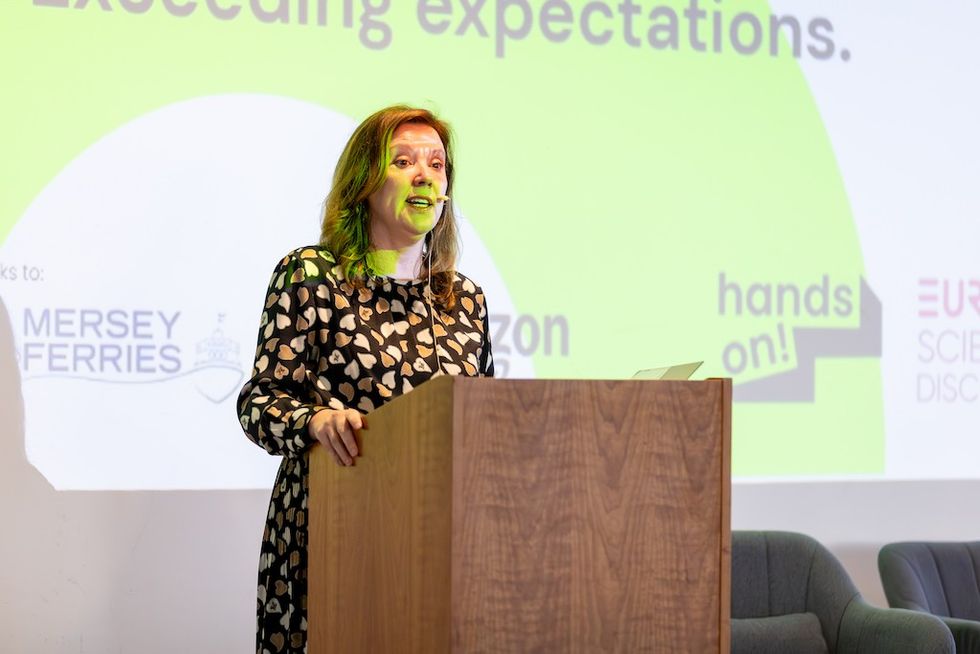 Dame Rachel de Souza
Dame Rachel de Souza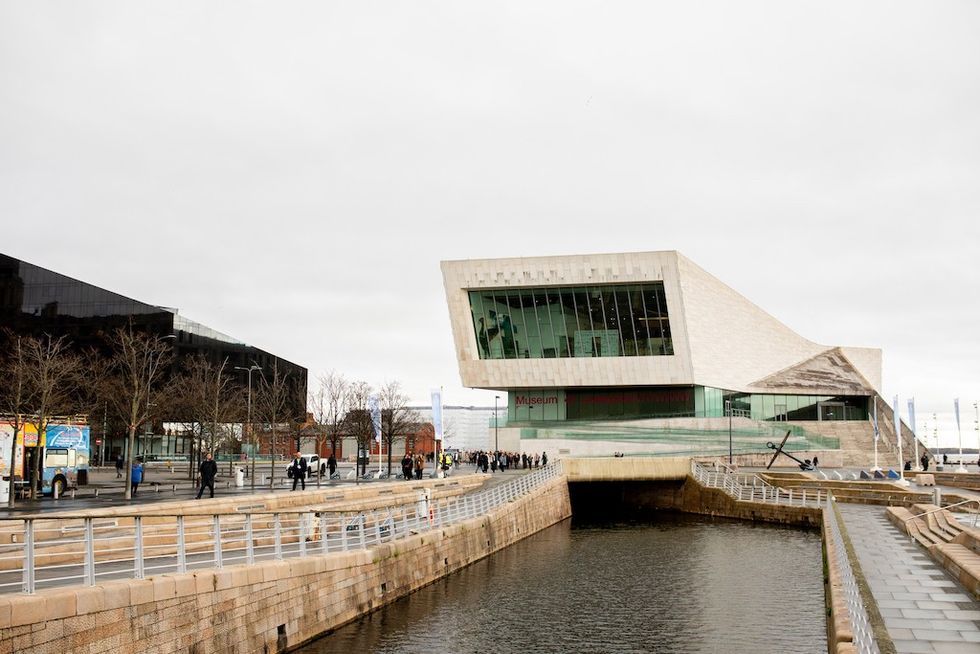 Liverpool Museum
Liverpool Museum